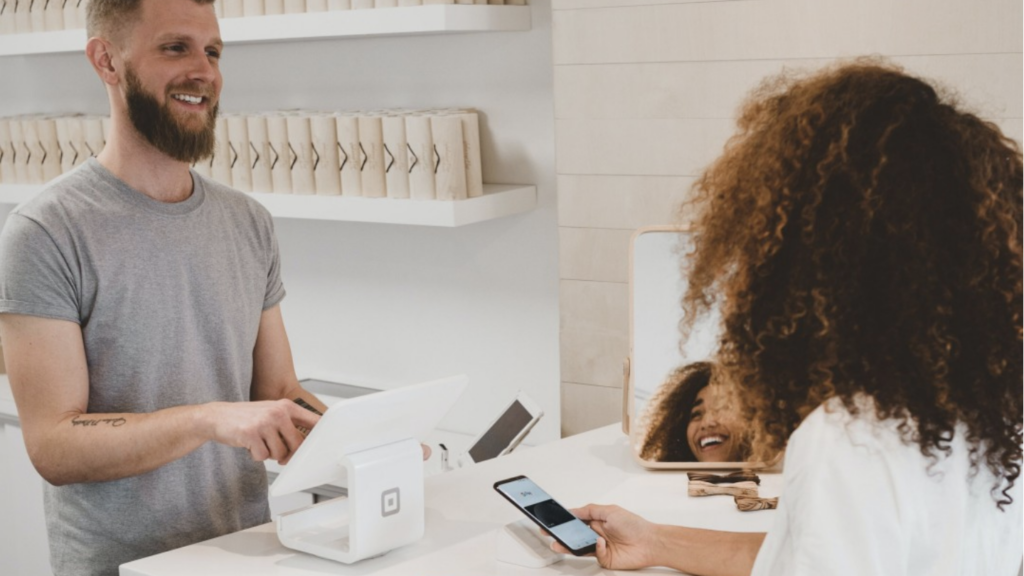
In today’s ultra-competitive marketplace, the brands that consistently deliver tailored experiences to their users stand out and command unwavering loyalty. The digital age has revolutionized the customer-brand relationship. In this new paradigm, personalization isn’t just a perk—it’s an expectation. But how do we deliver experiences that feel tailor-made for every individual, every time? Herein lies the art and science of modern personalization, woven with the threads of manual and automated strategies.
While brands can employ multiple personalization strategies, automated personalization has become the gold standard. Here’s a closer look at this innovative approach and its unparalleled power in solidifying brand loyalty.
The two tactics for Personalization
Targeted Personalization:
- Definition: Directly targets a specific user segment, leveraging data insights to establish a hypothesis. The subsequent experiment either validates or refutes the set hypothesis.
- Real-World Application: The explicit messaging throughout the conversion funnel urging unauthenticated users to recognize the perks of registering or signing up.
Black Box Personalization:
- Definition: This technique is all about experimentation. It’s akin to casting a wide net, gathering data, and then refining a hypothesis based on outcomes.
- Real-World Application: Netflix’s recommendation algorithm offers a splendid illustration. By understanding user behaviors and preferences, it curates a personalized list of shows and movies.
Manual vs. Automated Diving Deeper
Manual Personalization:
- Overview: Manual personalization revolves around hypothesis-driven experiments, where targeting is rooted in prior knowledge and insights about customer segments. This method, being more hands-on, allows for an acute specificity in reaching the right audience with the right message.
- Functionality: The journey begins with defining a pivotal Key Performance Indicator (KPI), often focusing on conversions. From there, hypotheses are formulated about the targeted segments, informed by existing data and research. The design process leans on conditional logic— for instance, “if a user exhibits behavior X, display content A.” This provides a tailored experience for each user type. Once the design is rolled out, the subsequent step is observing outcomes, validating results against the hypothesis, and then refining strategies based on the insights gleaned, ensuring continuous improvement and relevance.
Automated Personalization:
- Overview: Automated personalization moves beyond traditional segmentation, creating various content variants without predefining the target audience. It harnesses the power of machine learning (ML) to intuitively determine which segments will respond best to each variant, making the process dynamic and responsive.
- Functionality: Initiating with the specification of a Key Performance Indicator (KPI), such as clicks on a given space, the system then progresses into the ‘learning phase.’ During this phase, machine learning algorithms delve into understanding audience interactions with the content variants, picking up patterns and preferences. This is followed by the ‘test phase,’ where ML critically assesses if the personalized content versions have superior performance compared to their randomized counterparts. The beauty of this approach lies in its ability to evolve and refine without manual intervention, ensuring the content remains fresh, relevant, and engaging.
Strengthening the Loyalty Chain through Mastery of Customer Data
To truly harness the potency of automated personalization in cultivating brand loyalty, an in-depth and meticulous understanding of customer data is paramount.
- Crafting Comprehensive Profiles: With accurate identity resolution, brands can curate exhaustive prospect and customer profiles. This, in turn, assists in targeting non-members effectively, propelling both engagement and acquisition.
- Unearthing Crucial Insights: A robust Customer 360 perspective, grounded in dependable customer identity, brings to light invaluable insights. Such insights and predictions shape enrollment strategies and foster increased program adoption.
- Facilitating Omnichannel Loyalty Experiences: An omnichannel approach ensures customers encounter relevant touchpoints, campaigns, and journeys across platforms. Such cohesive experiences amplify the uptake of loyalty rewards and offers.
Why Automated Personalization is a Loyalty Game Changer
In the age of information overload, consumers yearn for experiences tailored to their unique preferences, and automated personalization is the beacon lighting the way. Moving beyond the confines of traditional segmentation, it offers a dynamic approach, delivering deeply customized interactions at every touchpoint. Let’s delve into the transformative powers of automated personalization:
- Fluid and Evolving Experiences: Traditional methods often operate on fixed strategies which, over time, can become obsolete and fail to resonate. Automated personalization, on the other hand, functions like a living entity—constantly learning, evolving, and reshaping based on real-time user behaviors and preferences. This ensures that users always encounter fresh and relevant content.
- Heightened Engagement and Conversion: The beauty of automation lies in its precision. With algorithms curating content that mirrors users’ interests, engagement levels skyrocket. It’s simple—when users see what aligns with their interests, they’re more inclined to interact, leading to higher conversion rates.
- Fostering Genuine Trust: The path to brand loyalty is paved with trust. Automated personalization is not just about serving tailored content; it’s about demonstrating a brand’s genuine effort to understand and cater to its audience. When customers sense this level of attention to their needs, their trust in the brand solidifies, nurturing a bond that goes beyond transactional interactions and blooms into unwavering loyalty.
In Conclusion
Brand loyalty is no longer just about quality products or top-tier services. In this age, it’s about how well a brand understands and caters to its users. Automated personalization, when executed with a fine understanding of customer data, can work wonders in not just attracting but retaining loyal customers. Embracing this strategy, brands can set themselves on a trajectory of sustained growth and unparalleled customer fidelity.










